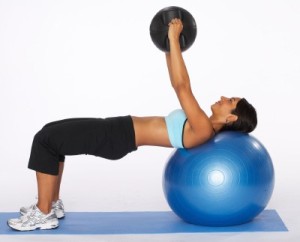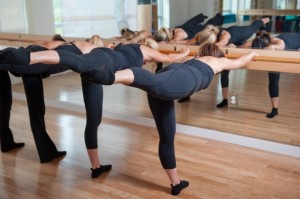When you decide to live a healthier lifestyle, one of the hardest things to do is giving up your favorite foods.
 Who doesn’t love pizza? Some families make a night of it – a special event to be shared by the whole family and maybe a movie to go with it. Who wants to give up on all that fun?
Who doesn’t love pizza? Some families make a night of it – a special event to be shared by the whole family and maybe a movie to go with it. Who wants to give up on all that fun?
With a little innovation, you can still enjoy your favorite foods without sacrificing on flavor. Whenever I crave pizza, I throw some of my favorite ingredients together on a tortilla shell and slide it under the grill. Not only is it super quick and easy to make, it’s healthier and I’m not clutching my bloated belly and reaching for the Tums about half an hour afterwards.
Ingredients
- 1 wholewheat tortilla shell
- 2 medium tomatoes
- 1 oz black olives
- 1 oz skim milk mozzarella cheese
- 1 sprig of fresh basil – sliced (chiffonade)
Preparation
Place your tortilla shell on an oven-proof pie dish or plate. Slice the tomatoes and spread out evenly on your tortilla shell. Top with black olives, basil and cheese and throw under the grill until the cheese has melted.
There are so many ways to prepare this pizza. Sometimes I make a sauce or sometimes I will mix the herbs with a little olive oil and fry that up with thick slices of tomato just for a few minutes to get them started or if I’m using lots of different vegetables, as the cheese will melt faster than they take to cook.
This recipe is the super-slimmed-down version. So go ahead and experiment and don’t let the black olives put you off if that isn’t your thing. Choose your favorite ingredients and if you’re a meat-loving pizza connoisseur, try substituting grilled chicken breast for pepperoni.
This baby, if you can finish it all, weighs in at about 330 calories, which leaves you lots of room to add more cheese if you wish. Considering your average pizza joint pie will set you back by as much as 1000 calories, this is a much more pleasing option.
 The beauty of this workout is that you only need two pieces of inexpensive equipment both of the spherical type – a Swiss ball and a medicine ball!
The beauty of this workout is that you only need two pieces of inexpensive equipment both of the spherical type – a Swiss ball and a medicine ball! What is stressed-out eating?
What is stressed-out eating? I’ve been looking for a new way to work my legs as I’ve hit a plateau and now that I’ve built up a good foundation and have some tone to my legs, ballet barre exercises seems like the perfect transition.
I’ve been looking for a new way to work my legs as I’ve hit a plateau and now that I’ve built up a good foundation and have some tone to my legs, ballet barre exercises seems like the perfect transition. That is why eating several small meals spread out throughout the day is a good idea to help manage these mood swings and keep your blood sugars level.
That is why eating several small meals spread out throughout the day is a good idea to help manage these mood swings and keep your blood sugars level.